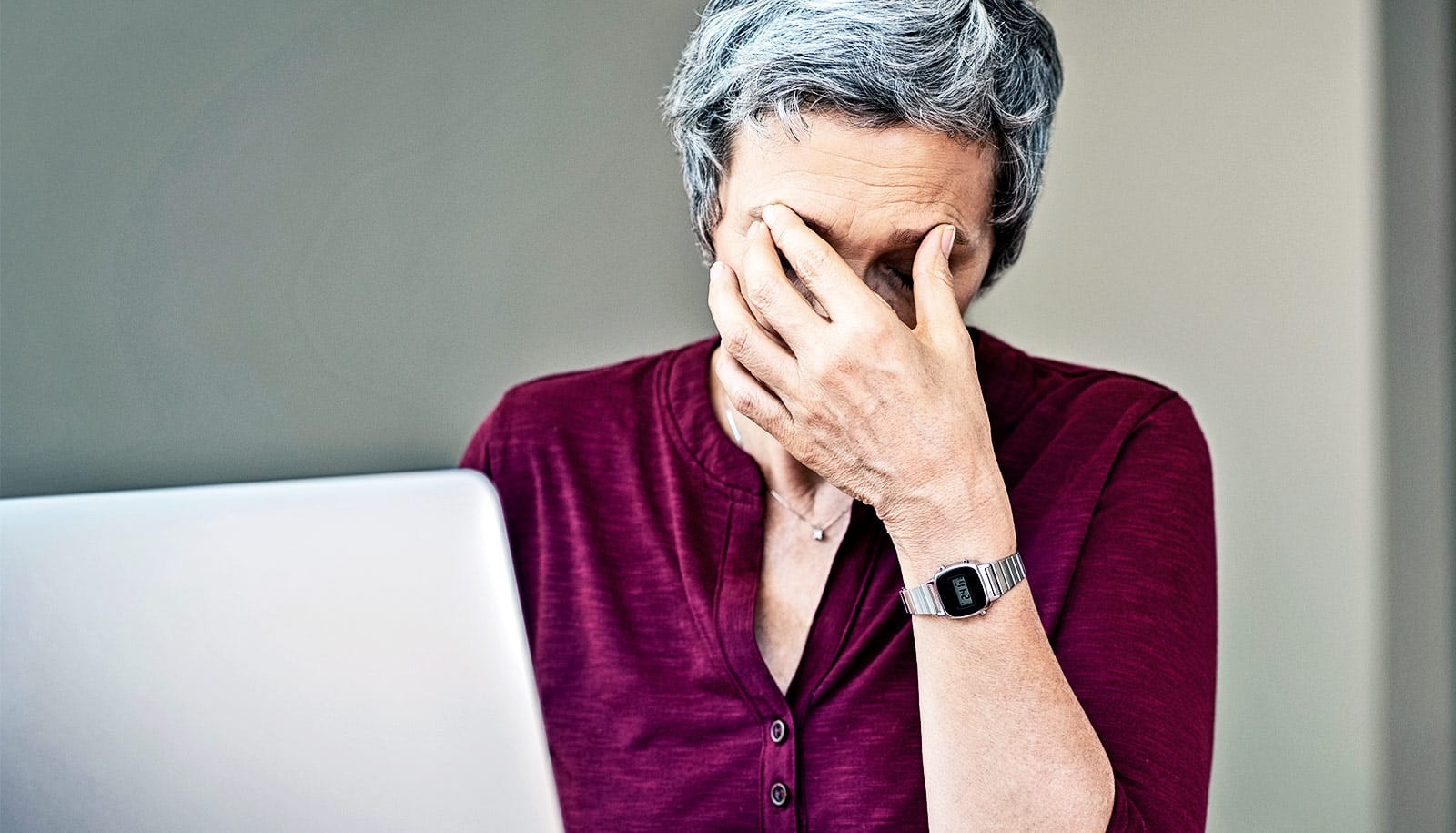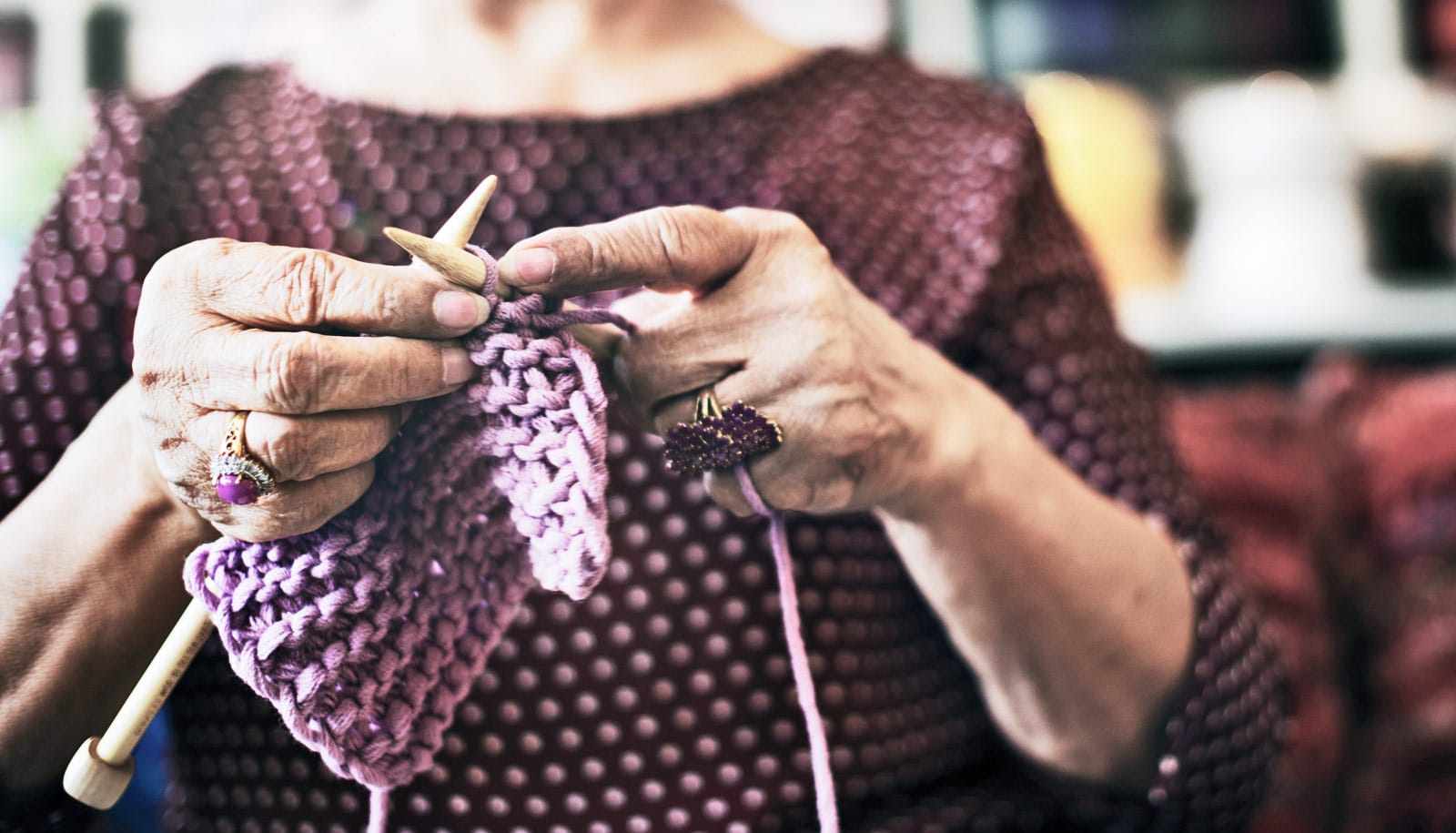The data that the website Nursing Home Compare uses to report patient safety in relation to falls may be highly inaccurate, a new study shows.
The website, which the Centers for Medicare & Medicaid Services sponsors, is a go-to resource for many families researching nursing home options for their loved ones. The number of falls that lead to injury is a critical category of concern for nursing home residents.
Prachi Sanghavi, an assistant professor in public health sciences at the University of Chicago, uncovered significant discrepancies between the falls calculations used for Nursing Home Compare’s ratings and actual Medicare claims for falls from nursing home residents from 2011-2015.
Sanghavi found that the Nursing Home Compare’s Minimum Data Set (MDS) only accounted for 57.5% of falls. Nursing homes self-report the data. Reporting rates were higher for white residents (59%) than non-white residents (46%) and for long-term stays (62.9%) than short-term stays (47.1%).
“This is a substantial amount of underreporting and is deeply concerning because without good measurement, we cannot identify nursing homes that may be less safe and in need of improvement,” Sanghavi says.
Preventable falls
Falls are a leading cause of death among the over-65 population, and they can lead to other serious injuries. Patients become fearful of walking again for fear of reinjury, yet experts consider falls widely preventable. Falls are a discrete event and easy to identify and record, compared to other clinical conditions on Nursing Home Compare such as pressure ulcers or infections, so there should be a wealth of reliable data.
“That’s why falls are a patient safety measure on Nursing Home Compare,” Sanghavi says. “They reflect how well a nursing home does at preventing these injuries.”
Sanghavi started her research with a data set of nearly 88.7 million Medicare admissions claims from 2011 to 2015 and narrowed the sample set in stages, zeroing in on nursing home residents who met several criteria. First, their fall occurred during their time in the nursing home. Second, nursing homes discharged patients to a hospital. Third, nursing homes filed the patient’s Medicare claim under the code for a major injury fall. Finally, they returned to the same nursing home after treatment for the fall.
“We wanted to be as conservative as possible in our calculations so there would be little argument about whether a fall should have been reported,” Sanghavi says. “Our primary outcome measure was based on whether a fall with the appropriate code was reported or not.”
Using these criteria, Sanghavi identified 150,828 major injury falls in Medicare claims that nursing home residents filed. The data Nursing Home Compare used accounted for only 57.5% of these falls, with far fewer falls reported for black, Asian, and Hispanic patients relative to whites.
Racial gap in fall reports
Nursing Home Compare has faced prior scrutiny for using self-reported data. A 2014 New York Times investigation into serious deficiencies in nursing homes rated five stars by Nursing Home Compare sparked Sanghavi’s research.
“I found it odd that Nursing Home Compare would use self-reported data,” she says. “Having worked with Medicare claims data, I thought I could use it to study MDS reporting. The Medicare claims we used are hospital bills. They want to get paid and should not have an interest in nursing home public reporting. That’s why they are a more objective source than the self-reported data from nursing homes.”
Sanghavi has two theories on why the reporting rate is nearly 15 points higher for long-term stays than short-term stays. “It could be that the nursing homes are more familiar with long-stay patients,” she says. “Plus, the falls measure on Nursing Home Compare is specifically for long stays. It could be that nursing homes are taking that measure more seriously.”
The 13-point difference in falls reporting between white and nonwhite residents especially surprised Sanghavi, she says. “I didn’t expect it to be that different by race,” she says, “but it is consistent with other modes of racial disparities in long-term care.”
Based on her results, Sanghavi suggests that the Centers for Medicare & Medicaid Services change their evaluation criteria for falls on Nursing Home Compare.
“They should use an objective source, like claims data,” she says. “It should be relatively easy for them to do, since they already have the data. There are other claims-based measures already used on Nursing Home Compare.”
The findings appear in Health Services Research.
Source: University of Chicago


